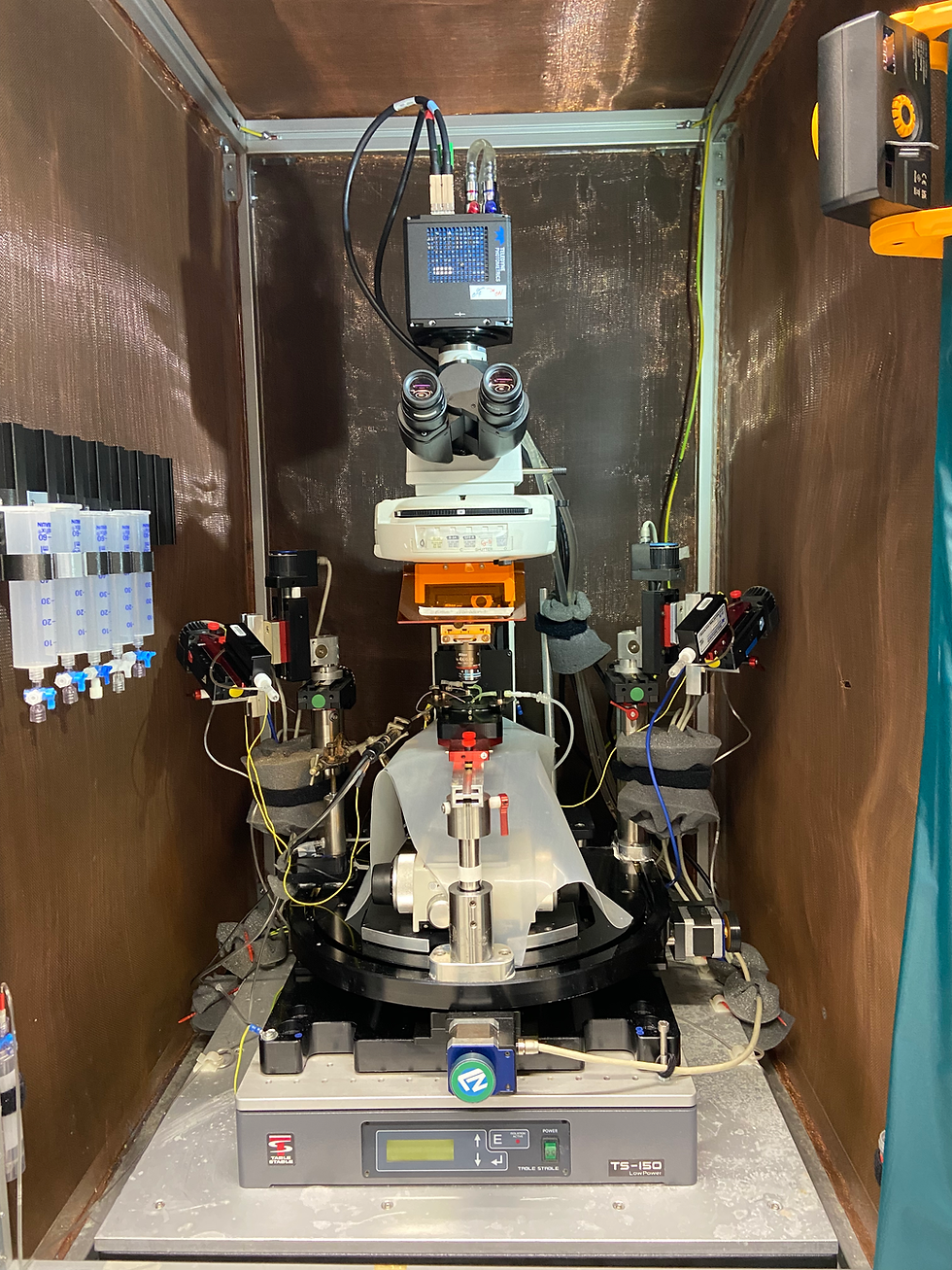What is language?
- Naoki Kogo
- Feb 3, 2024
- 2 min read
Updated: Feb 25, 2024

There is a phenomenon, X. A person, A, receives sensory inputs from X, as does another person, B. Both experience individual internal patterns of sensation.
Language serves to reproduce or recall the sensation without the presence of X, through means of verbal sounds or otherwise (e.g., hand movements).
To put it differently, when there is a red object in front of a baby, he receives a particular sensory input. While experiencing this, he also hears the sound "red" from his parents. This keeps happening, and eventually, he learns that this sensation is called "red." With practice, he can learn to mimic the sound "red." In this way, he learns the rule that a particular sound is associated with a particular sensation whenever he sees a red object. In other words, words are agreements to reproduce a particular sensation in individuals.
Then, there is the question, "Are we seeing the same thing?", the question that many have asked me so many times, especially when I reveal to someone new that I am a brain scientist.
The answer is "No."
Imagine 100 students in a classroom looking at the spinning ballerina image on a screen together. [YouTube video]
What the individual students perceive can be different, and the timing of the perception switch varies among them.
The activities of neurons and synapses responding to a particular sensory input cannot be exactly the same between individuals: even though the gross anatomy may be more or less similar, the details cannot be the same among them. Hence, it is nonsensical to assume that our perceptions are the same. It is not because we all see red that we say "I see red," but instead, it is an agreement among us to say "It is red" when the particular sensation is reproduced in our individual minds (even though what is reproduced differs among us).





Comments